From a COVID-19 hotspot to COVID-19 containment model, Asia’s biggest slum - Dharavi in Mumbai has come a long way in 2 months. On April 01, 2020, Dharavi slum had reported its first COVID-19 death when a 56-year-old garment shop owner lost his life due to the deadly virus. The first COVID-19 case in Asia’s most crowded slum was reported almost a week after the nationwide lockdown came into the force. By mid-April Dharavi emerged as a COVID-19 hotspot across the country. In this blog we will see how Dharavi has managed to contain the virus even if it is surging in Mumbai and other parts of India.
Measures taken by BMC (Brihanmumbai Municipal Corporation)
Spread over an area of 2.1 square kilometres, Dharavi is home to around 8.5 lakh people, where families sleep in ten-by-ten-foot rooms and share public bathrooms. One of the major challenges to the BMC (Brihanmumbai Municipal Corporation) was that 80 percent of the population was dependent on community toilets and social distancing was next to impossible.
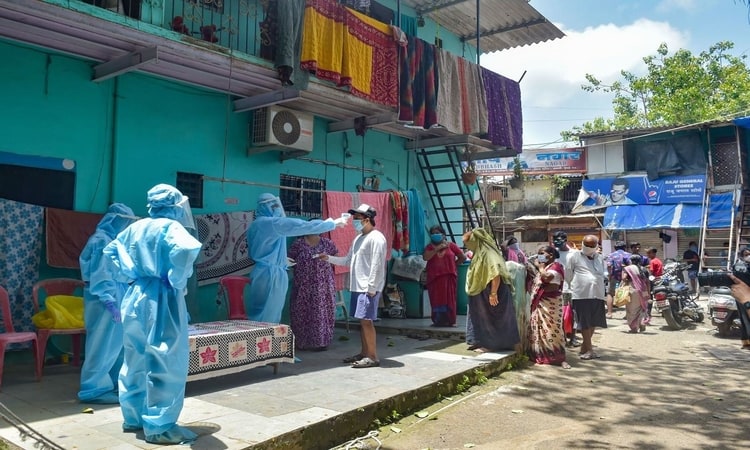
The only option left was to chase the virus rather than wait for the cases to rise. The main strategy of the BMC was to reduce mortality and improve recovery. Overall Dharavi has reported more than 2,000 cases and 79 deaths, far lower than the rest of Mumbai (a sprawling megacity with more than 20 million people). Their primary objective was to keep the deaths limited. Dharavi can be seen as an excellent example of contact tracing, isolation and quarantine measures.
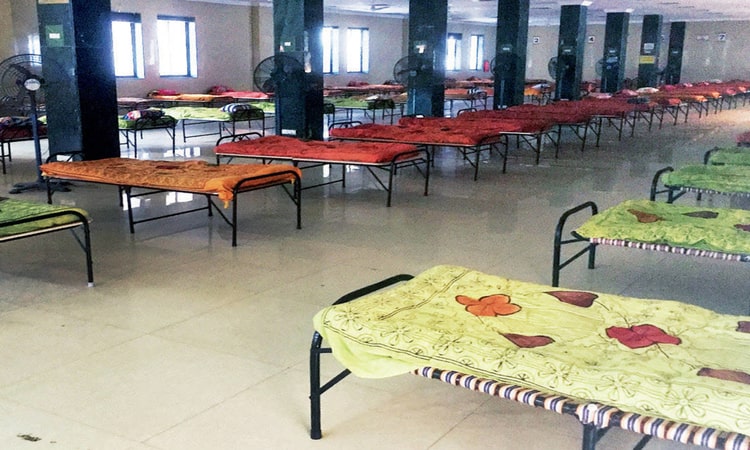
Aggressive Testing
If someone was not feeling well and wanted to get tested then on-site doctors were doing their tests and other staff were taking care of each one of them. Since April authorities have knocked around 47,500 doors in Dharavi to check the temperatures and oxygen levels, screened almost 5,00,000 people and set up countless fever clinics. Nearby schools, hostels, lodges and sports clubs have been converted into isolation centres and those showing any symptoms of COVID-19 have been shifted to the quarantine centres. The civic body also converted some private hospitals into quarantine centres so that there are an adequate number of quarantine facilities available. Moreover BMC had also tied up with Mahim Dharavi Medical Practitioners Association and members of Indian Medical Association (IMA) to mitigate the spread of COVID-19.
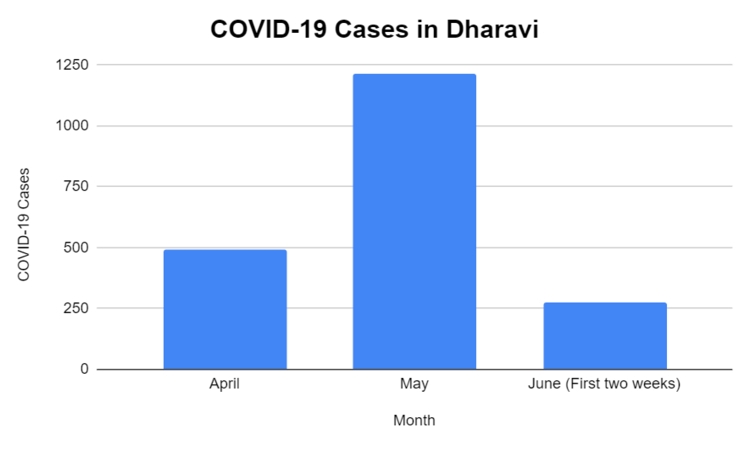
Slowly the number of new COVID-19 cases dropped down to one third compared with early May. More than half of the infected people started recovering and the number of deaths recorded also plunged. After recording 491 COVID-19 cases in April and 1216 in May, Dharavi recorded only 274 cases and 6 deaths in the first two weeks of June. The virus growth rate went from 4.3 percent in May to 1.02 percent in June. The doubling rate of the cases in the slum has improved from 43 days in May to 78 days in June. A strict lockdown and accessible testing was part of Dharavi's strategy.
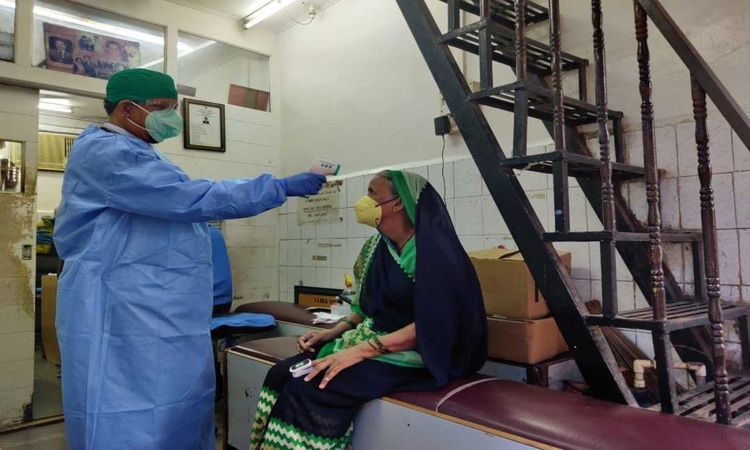
For example during the Ramadan month (a Muslim holy month) people living in the isolation centres were concerned about how they would keep up with rituals (breaking fasts at sunset) but the officials ensured that all such people must be facilitated with fruits, dates and proper meals everyday. The civic body also ensured that all the people in the quarantine centres are receiving round-the-clock medical supervision, meals, food rations screenings and other facilities free of cost.
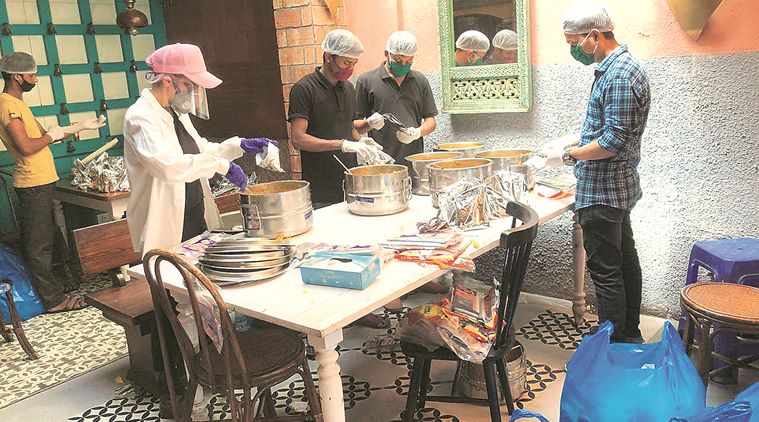
BMC 4-Ts model
Active tracking and isolation efforts by the Maharashtra Government and Brihanmumbai Municipal Corporation (BMC) in the slum that houses over 8.5 lakh people have flattened the COVID-19 curve. Out of the total population of the slum, around 5 lakh people have been screened till now. Such steps by the BMC have literally chased away the virus despite the dense population of Dharavi. BMC 4-Ts model - Tracing, Tracking, Testing and Treating worked wonders. If we see the current situation then the number of daily infections and mortality rate has reduced but BMC would continue to test & screen the people to contain the spread of coronavirus.
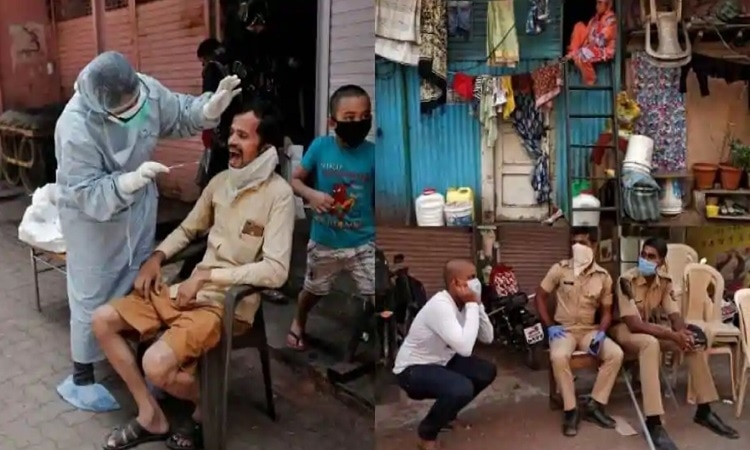
Dharavi's war against the virus is still not over. As soon as the restrictions get fully lifted in Mumbai and the bustling city goes back to work, there is a risk of a second wave of infections. Additionally onset of monsoon poses another major challenge as there are chances of malaria and dengue outbreak that would further strain the healthcare system. Tracing, testing and containing are the only measures to win the war over COVID-19. The battle with the COVID-19 cannot get over until a vaccine gets discovered.
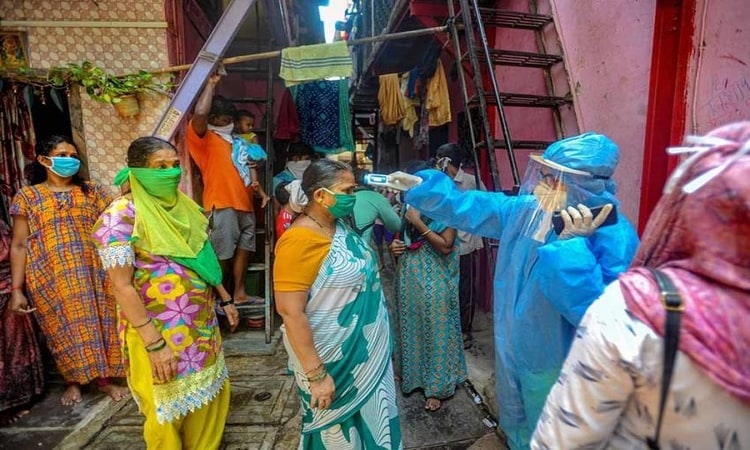
The total count of coronavirus cases in India now stands at 5,68,315 and death count stands at 16,917. The number of active cases stands at 2,15,761 while 3,35,577 people have recovered. The recovery rate has improved to 59.05 percent. Maharashtra, the worst affected state has reported over 1,69,883 cases and 7,610 fatalities. Among other states Tamil Nadu has reported 86,224 cases Delhi 85,161, and Gujarat 32,023 cases. If you want to know the state-wise coronavirus outbreak in India check latest COVID-19 updates.
What are your views on the Dharavi COVID-19 model? Tell us in the comments below. That’s all for today! Stay home, stay safe. For a trouble-free experience, book your train and flight tickets through Trainman app. Download Trainman App to check PNR Status of your ticket, Train inquiry, Seat Availability, Running Status and many such features.

